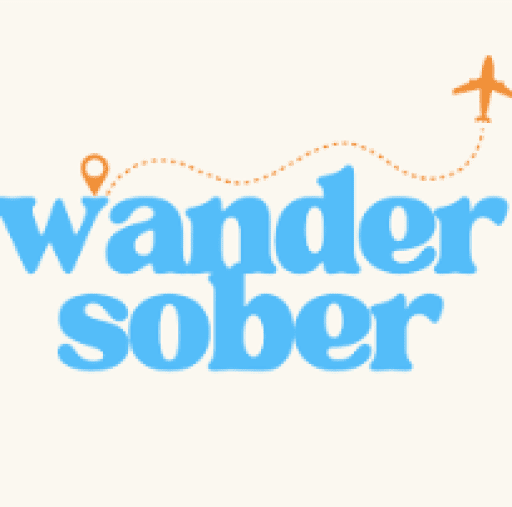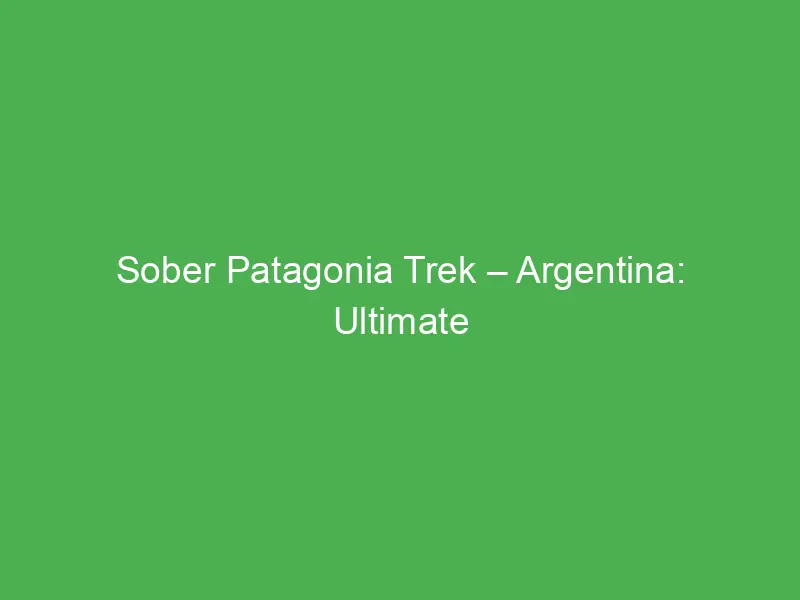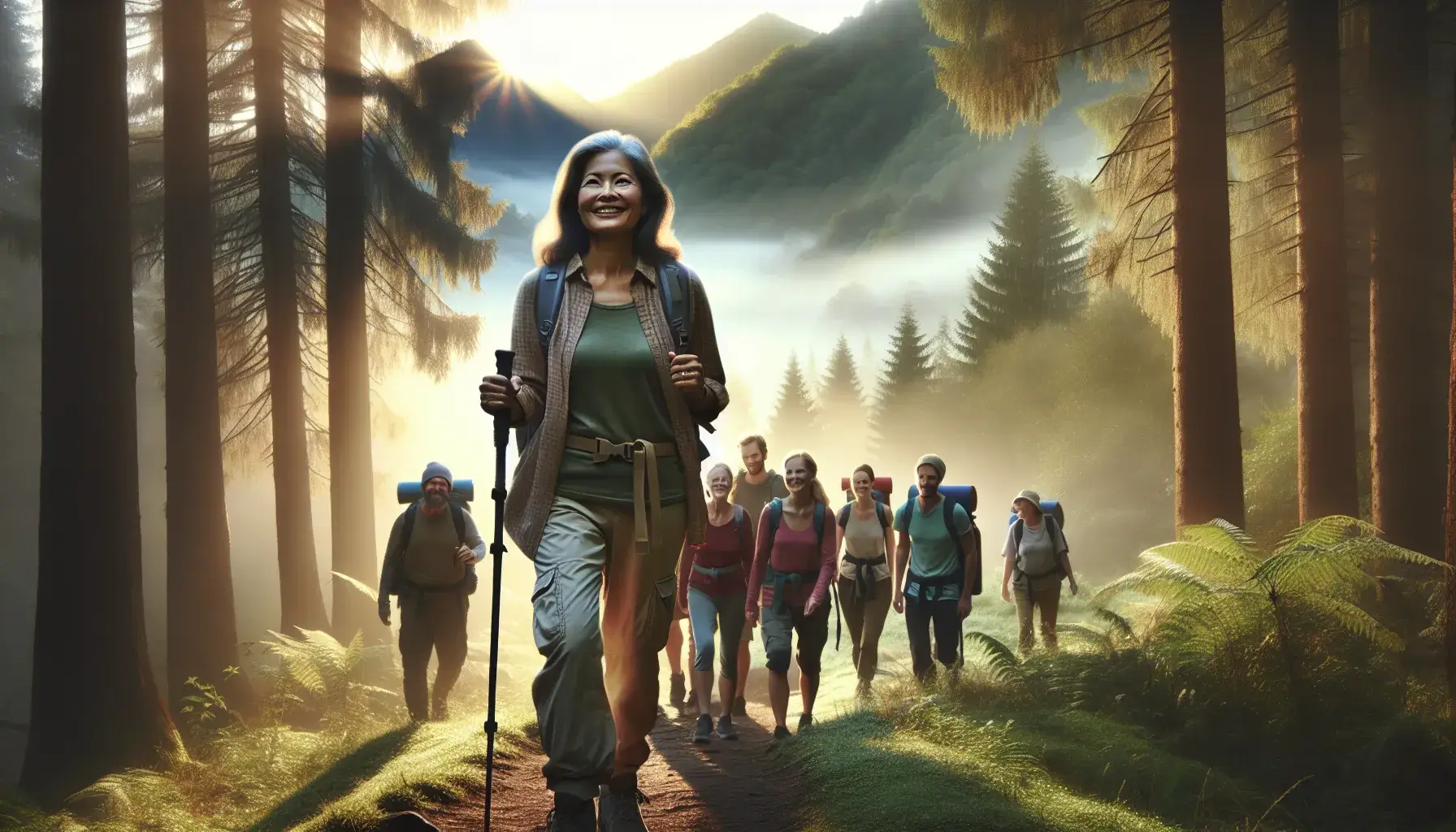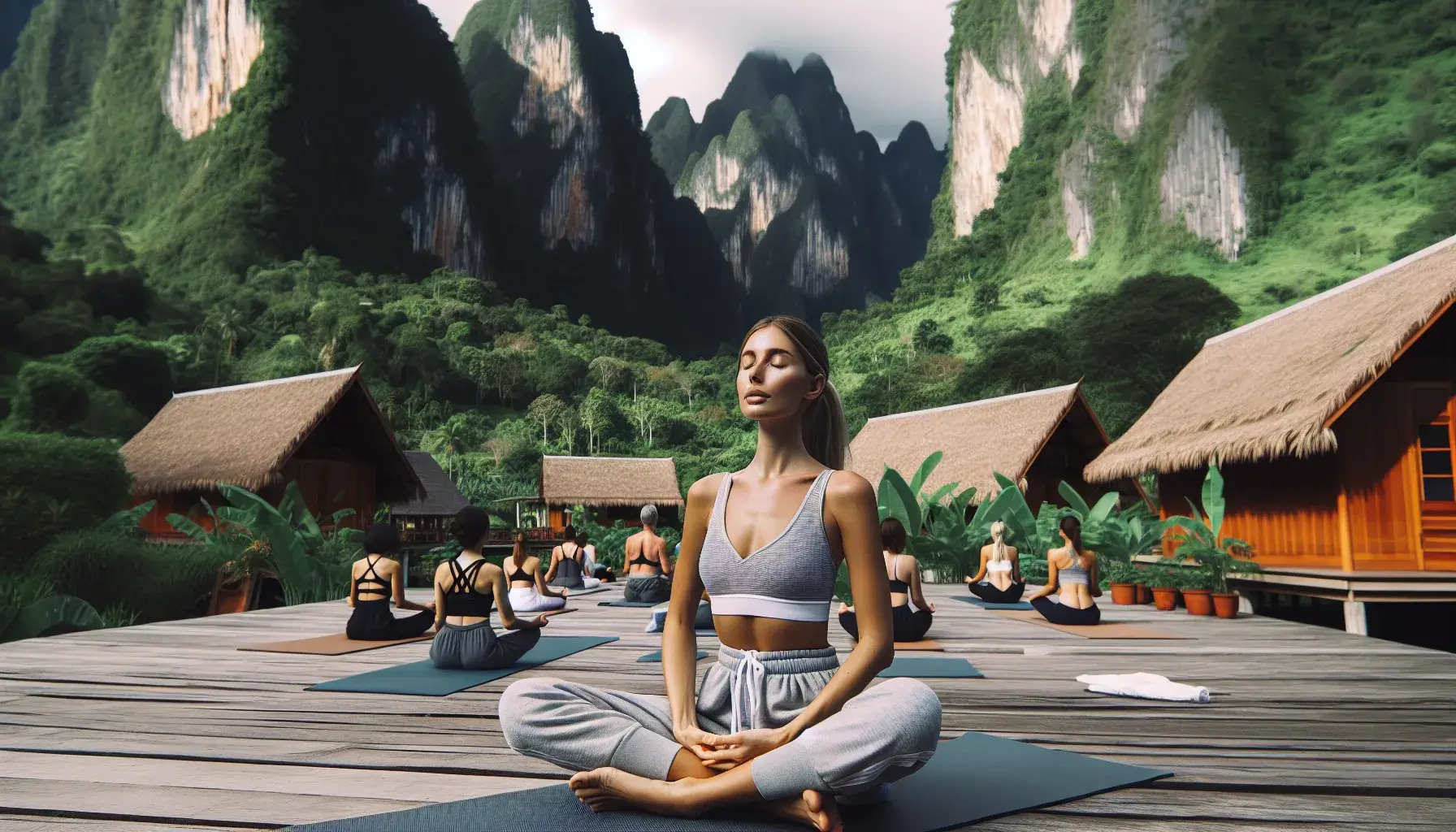When I first set foot in Patagonia I felt like I’d landed at the edge of the world. Towering peaks and endless skies stretch across Argentina’s southern frontier promising adventure far from the crowds. There’s a wild beauty here that calls to anyone craving both challenge and peace.
I chose a sober trek through Patagonia to truly connect with the landscape and myself. Without distractions I could savor every crisp sunrise and the quiet rush of mountain streams. Trekking here isn’t just about the miles—it’s about finding clarity in one of the planet’s most breathtaking places.
Overview of the Sober Patagonia Trek – Argentina
I experience the Sober Patagonia Trek in Argentina along dramatic mountain ranges, turquoise glacial lakes, and windswept steppe. I follow established routes such as the W Circuit in Torres del Paine and the Fitz Roy trails near El Chaltén to see granite peaks, ancient forests, and panoramic vistas. I choose a sober trek for heightened mindfulness and lasting memories.
Distances on popular trails vary from 12 to 75 miles. Elevation gains often exceed 2,500 feet per day near Mount Fitz Roy and Cerro Torre. I face sudden weather shifts, with temperatures ranging from 41°F to 59°F in summer (December to March). My encounters include guanacos, condors, and endemic flora such as lenga beech.
I traverse protected regions, including Los Glaciares National Park and surrounding reserves. Park entry follows clear regulations to conserve Patagonia’s delicate ecosystem, enforced by park rangers and local guides. Structured itineraries enable me to pause at iconic viewpoints, like Lago Capri and Glacier Grey.
I access trailheads from gateway towns including El Calafate and El Chaltén, where I arrange logistics such as permits, guided tours, and gear rentals. Reliable transportation, ranging from public buses to private shuttles, connects me to both trail systems.
I find the trek’s sober approach enhances connection to Patagonia’s terrain, encourages intentional movement, and deepens my engagement with every landscape feature. The Sober Patagonia Trek in Argentina stands out for panoramic wilderness, purposeful travel, and immersive experiences in protected nature.
Planning Your Trek
Sober Patagonia Trek requires precise preparation for safety and comfort. I maximize connection with nature by planning each aspect before arrival.
Best Time to Visit
Summer months in Patagonia, from December to March, provide the mildest weather and longest daylight hours. I trek in this season to reduce risks from snow and ice, as trail conditions on the W Circuit and Fitz Roy routes are most reliable. Crowds increase in January and February, especially near popular sites like Mount Fitz Roy and Torres del Paine, so I book campsites and refugios several months ahead for my preferred dates. Spring and autumn in October–November or March–April offer fewer hikers and changing landscapes, yet I prepare for cooler temperatures and more unpredictable weather.
Essential Gear and Packing Tips
Sturdy waterproof
| Gear Type | Recommendation (Context) |
|---|---|
| Footwear | Waterproof boots (rough, wet terrain) |
| Clothing | Layered (merino, insulated, waterproof) |
| Shelter | Tent, sub-zero sleeping bag (weather conditions) |
| Water | Purifier/tablets, bottles (untreated sources) |
| Navigation | Map, GPS device (signal loss in remote areas) |
| Additional | Trekking poles, headlamp, sunscreen, first aid kit |
I confirm my checklist before departure, prioritizing sustainable materials and minimal packaging to support Patagonia’s conservation efforts.
Highlights of the Sober Patagonia Trek
Distinct landscapes and unique wildlife encounters define the Sober Patagonia Trek. I experienced unmatched views and diverse environments along established routes, reinforcing the trek’s immersive and revitalizing nature.
Scenic Landscapes and Wildlife
Glacial lakes, dramatic peaks, and sprawling steppe dominated my journey. I crossed areas like the turquoise Laguna de los Tres, dense lenga forests, and wind-swept pampas where guanacos grazed. I spotted Andean condors soaring above granite towers, heard distant woodpeckers tapping, and sometimes glimpsed rare huemul deer. The clarity that came with sobriety heightened my awareness of these vivid Patagonian details.
Notable Trekking Routes
Popular trekking routes offered challenging and rewarding experiences. I followed the W Circuit in Torres del Paine (75-85 km total distance), traversing Valle Francés and the Grey Glacier overlook. Near El Chaltén, I hiked the Fitz Roy Trail (10-26 km day hikes), including Laguna Capri and Laguna Torre, each route providing panoramic vistas and secluded moments. Trails varied in difficulty, but marked paths, strict park guidelines, and clear signage supported safe, responsible trekking throughout Patagonia.
Accommodation and Food Options
Sober trekking in Patagonia means careful planning for shelter and sustenance. I select options that align with both the region’s regulations and my goal of maintaining a clear, present connection to the landscape.
Lodging Along the Trail
I find accommodation along Patagonia’s trekking routes ranges from organized campsites to rustic refugios and private lodges. Campsites like Campamento Chileno along the W Circuit and Poincenot Camp near Fitz Roy offer set tent platforms, access to potable water, and basic restroom facilities. Refugios, such as Refugio Torre Central in Torres del Paine, provide dorm-style beds, communal spaces, and hot meals, which suit trekkers seeking added comfort. In El Chaltén, family-run hosterías and eco-lodges deliver options for private rooms and warm beds when I return from day hikes. All lodging requires advance reservation in peak season (December to March) due to daily visitor limits enforced by park authorities.
Local Cuisine Experiences
Local cuisine in Patagonia features fresh, hearty ingredients that fuel long trekking days. I enjoy meals built on Patagonian lamb, trout, and root vegetables at refugios or designated dining halls, where communal dinners serve as both nourishment and a cultural exchange. Trail food options I carry include locally sourced dried fruit, artisanal cheese, and pan casero (homemade bread) from El Calafate or El Chaltén bakeries. All food in camps and refugios is alcohol-free, supporting the sober trekking environment and complying with park restrictions. If I prepare my own meals, I pack dehydrated stews and bring a compact stove, selecting supplies with minimal packaging to ensure I leave no trace in this protected ecosystem.
Tips for a Safe and Enjoyable Trek
Patagonia’s rugged terrain and unpredictable weather demand both mental readiness and intentional action. I approach each trek with sober awareness, keeping safety and respect for the environment at the forefront.
Physical Preparation
Consistent training is essential before taking on difficult Patagonia trekking routes. I build stamina and strength with weekly hikes over hilly terrain, supplementing with core and leg workouts. Cardiovascular routines, such as running or swimming for at least 30 minutes three times a week, help me adapt to elevation gains around Fitz Roy or Torres del Paine. I test all gear by walking several miles in my
Looking for more sober travel inspiration? Find your next adventure on our Homepage.
Environmental Responsibility
Responsible trekking practices preserve Patagonia’s fragile ecosystems for future visitors. I always pack out all trash, including food scraps, plastic, and paper, using a sealable bag. I only use refillable water bottles to avoid single-use plastics. For campsite hygiene, I follow Leave No Trace methods by using designated toilets or digging 6-8 inch catholes at least 200 feet from water sources. I never approach wildlife or feed animals, protecting species like guanacos, condors, and deer. I stick to marked trails, as venturing off-path leads to soil erosion, trampling of native flora, and increased human impact on pristine landscapes.
How to Plan Your Sober Patagonia Trek for Safety and Comfort
Patagonia’s wild landscapes left a lasting impression on me that goes far beyond the photos I took. Trekking sober through this region allowed me to connect with the land and myself in ways I never expected. Every step was intentional and every view felt sharper and more meaningful.
If you’re considering a Patagonia trek I can’t recommend the sober approach enough. The clarity and presence it brings truly transform the journey making each moment unforgettable. Patagonia rewards those who walk its trails with open eyes and a clear mind.
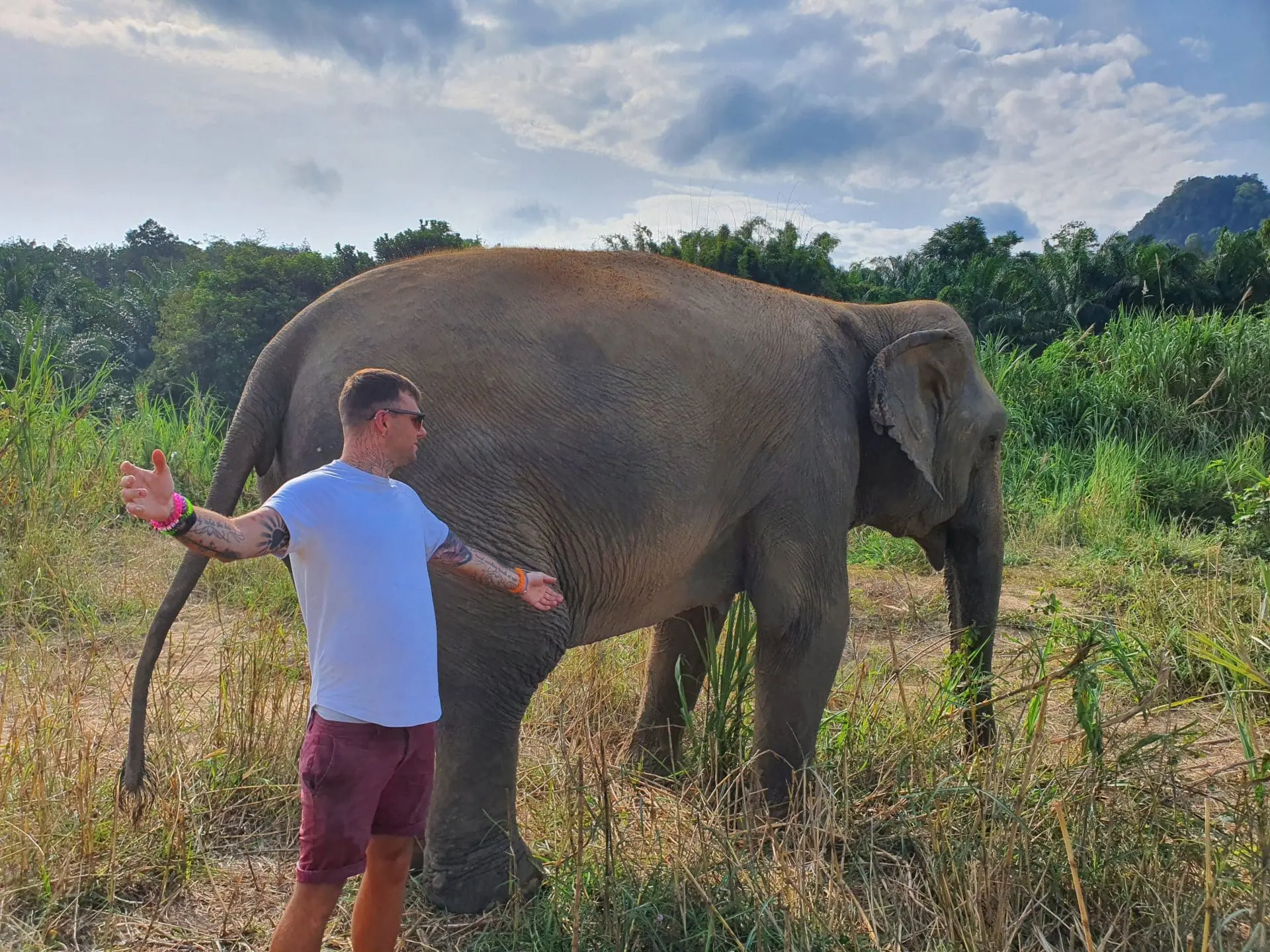
Quit drinking on 23 July 2021 after a two-day bender and swapped bars for border crossings and 12-step meetings. Three sober years, 36 countries, 113 travellers (totally dry), fuelled by street food, jelly babies, and a broken Google Maps app. Wandersober is my journal, my SEO lab, and my mission. Featured in GQ, Mirror, Evening Standard, MarketWatch, and more.
